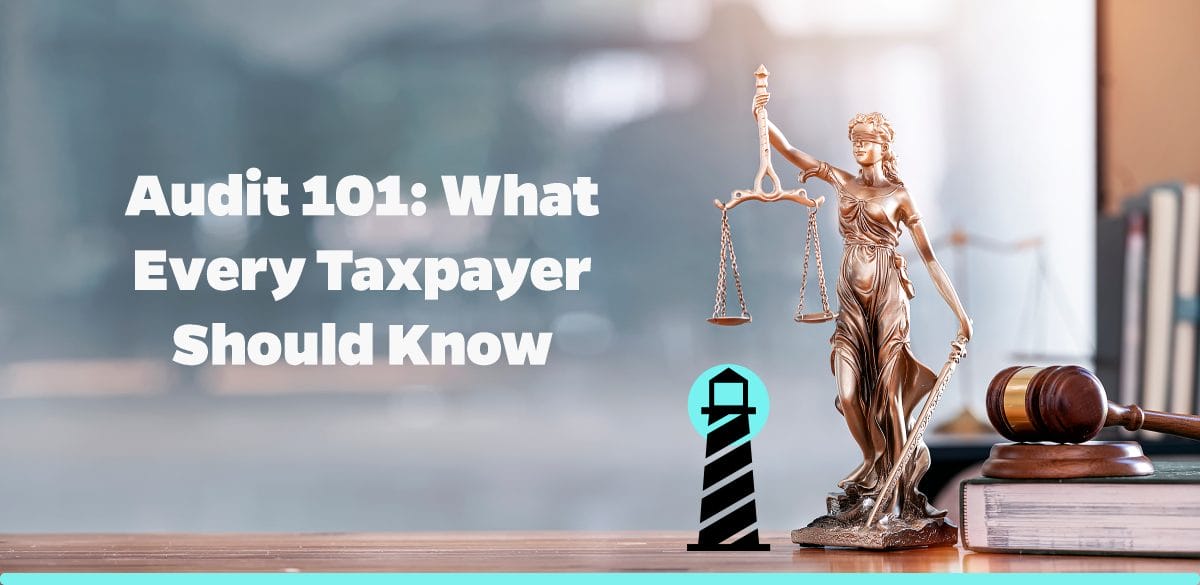Understanding the Concept of Audit
An audit, in the context of taxation, is simply an examination or inspection of a taxpayer’s financial records by an authorized entity, often a government organization like the IRS. This exercise is conducted to verify that the financial information provided by the taxpayer in their filings accords with the tax laws and regulations.
The Purpose and Mechanics of an Audit Process
Audits serve essential functions in a tax-based society. Their main purpose is to ensure tax compliance and to deter tax evasion. The tax audit process involves a detailed examination of a taxpayer’s financial transactions, records, and statements. Conducted either on-site (at the taxpayer’s home, office, or the location of their tax representative) or by mail, audits are thorough verifications of financial standing.
When the auditor identifies discrepancies or inconsistencies in the taxpayer’s records, a notice is sent informing them of the issues that require clarification or documentation. Though it might seem intimidating, such notifications are not necessarily an indication of wrongdoing—most are fixable with proper documentation and a thorough conversation.
Common Triggers for Audits
The IRS uses sophisticated computer systems to select taxpayers for audits. Some common triggers for an audit include:
- Significant changes in income or deductions
- High income or unusually high deductions
- Businesses with significant cash transactions
- Self-employed individuals or those in high fraud risk occupations.
Taxpayer Rights During an Audit
While it is true the audit process may evoke feelings of anxiety for taxpayers, it’s important to bear in mind that taxpayers have rights during an audit. These include the right to representation, the right to privacy and confidentiality, and the right to challenge the IRS’ claims.
Taxpayers also have the right to know the reason an audit is being conducted and to receive clear explanations about the audit process. For a detailed understanding of these rights, it’s recommended that taxpayers visit the Taxpayer Bill of Rights page on the IRS website.
How to Prepare for an Audit
Proper preparation can make an audit less stressful. Here’s an easy-to-follow guide on how to prepare:
- Review the audit letter carefully
- Organize all necessary documents
- Review the Taxpayer Bill of Rights
- Contact a tax professional for representation, if needed
- Respond to all IRS inquiries promptly and truthfully
Handling Audit Results
The conclusion of an audit can result in different outcomes. If the auditor finds no issues with your tax return, your audit ends with no changes. However, if discrepancies were uncovered, you might owe additional taxes. In this case, you’re usually given a report explaining the adjustments.
If you disagree with the audit results, you have the right to dispute the findings, typically through an appeals process. This process can be complicated, so professional help is highly recommended.
Seeking Professional Assistance
Navigating tax audits can be overwhelming. Hence, engaging the services of tax professionals like us, at Brightside Tax Relief, can be exceptionally beneficial. We possess the expertise to guide you through the audit process, ensuring your rights are protected while complying with the IRS requirements.
In conclusion, the key to successfully navigating a tax audit lies in understanding the audit process, maintaining accurate financial records, conducting your affairs in accordance with tax laws, and seeking the advice of tax professionals when needed. Remember, an audit is not necessarily a negative occurrence. Rather, it’s part of the IRS’s checks and balances to ensure that everyone pays their fair tax share. As long as you properly prepare, you can face any audit with confidence. To learn more about audits, visit the IRS Audits page on the IRS website.




